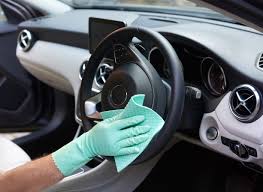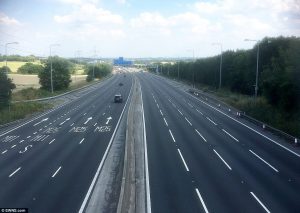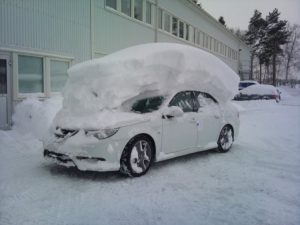The three joint associations of NASP have put together some guidance if you have customers who are granted a critical worker practical test with the DVSA.
We have already published the operating procedures that volunteer DVSA examiners will use when conducting a test and have reiterated some of those in the document. This list is not exhaustive, however it hopefully covers all you will need to consider before taking on any critical worker training before a test.
The three joint associations of NASP have put together some advised guidance if you have customers who are granted a Critical Worker practical test with the DVSA.
Firstly, you should appreciate that all Critical Workers will not necessarily be granted a critical worker test and we would advise that you do not give training until your customer actually has a practical test confirmed by DVSA, those are at the ,moment only being given to front line NHS, Police & Fire Service personnel, that may change as time goes on and we will keep you updated.
We have already published the operating procedures that volunteer DVSA examiners will use when conducting a test and have reiterated some of those below, this list is not exhaustive, however hopefully covers all you will need to consider before taking on any Critical Worker training before a test.
• Make sure your customer has checked with DVSA at: critical.worker.driving.test@dvsa.gov.uk to ensure they will be granted a practical test. • Check with pupils before each lesson to ensure they have not been exposed, or are experiencing symptoms which could be related to Covid 19, or have travelled recently from a region severely impacted • You should note, that any test booked will be carried out with a volunteer examiner as they will have to break the social distancing rules and check where the test is actually booked, do not assume it will be at the customers usual test centre • We would suggest you wear suitable safe clothing when giving lessons/training, the examiner has been advised to wear long sleeves and full-length trousers. • Your customer will be asked on arrival at the test centre to wash their hands before the test will start, please advise your customer not to shake hands with their examiner • In these unusual times, you should consider wearing gloves and the examiner will, however you should be aware that some people are allergic to latex based materials, always ask first • If you or your customer present for the test with any clear symptoms, excessive coughing, high temperature etc, the examiner will refuse the test and another test will be rebooked. If during the test, any of these symptoms present themselves, the examiner will terminate the test • All the normal procedure will be carried out on the test as it normally would following the DT1 guidance • You will not be invited to travel in the back of the test or be involved in the debrief at the end.
• You should ensure your customer, that everything the examiner uses before, during and at the end of the test has been thoroughly cleaned and will be before each test • We would advise you to continue with the earlier guidance we gave regarding using antibacterial hand gel and wipes to ensure you keep clean all areas, you or your customer touch. • During the test, the examiner may ask you to take off any roof board you may have, this is simply to avoid abuse from other members of the public. The examiner will supply a pair of L plates if you don’t have any, preferably marked with NHS above the L
A key worker trainer voluntary register will shortly be available providing certification for driver and rider trainers to be able to display whilst training, as well as allowing members of the public, police etc to check with the register than the trainer is indeed carrying out essential training. Trainers applying for certification will have to complete a short online course and theory test on safe training protocols, designed to mitigate the risk of contracting or spreading COVID-19, as well as provide evidence they are training key workers.
We hope this gives you some useful advice, please Stay Safe 
 Buy Gifts Vouchers Here
Buy Gifts Vouchers Here Intensive Driving Courses
Intensive Driving Courses Driving Test Booking Services
Driving Test Booking Services









